Update time : 2022-03-10 Publisher:Tongda
Composting is actually a form of waste stabilization, but it requires special humidity, aeration conditions and microorganisms to produce a suitable temperature. It is generally believed that this temperature is higher than 45°C. Maintaining this high temperature can inactivate pathogenic bacteria and kill weed seeds. After reasonable composting, the residual organic matter has a low decomposition rate, is relatively stable, and is easily absorbed by plants. The odor can be greatly reduced after composting.
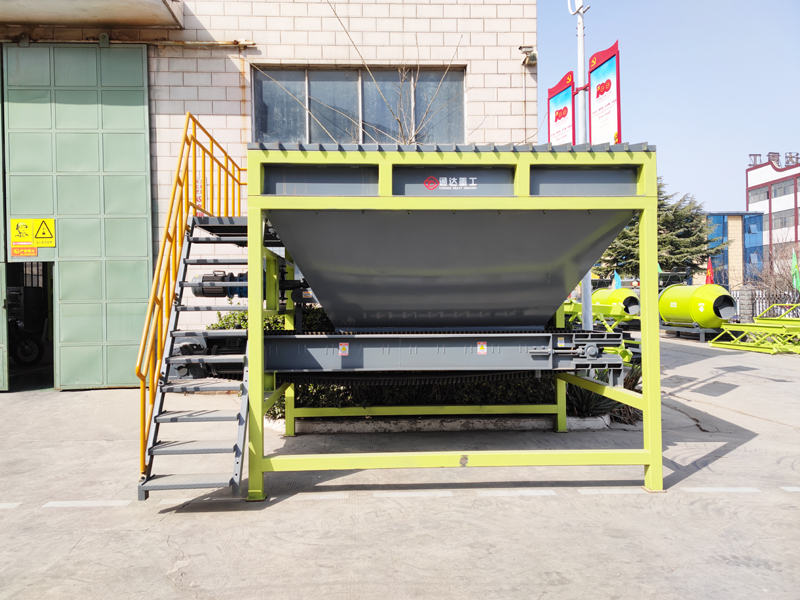
There are many different types of microorganisms involved in the composting process. Due to changes in raw materials and conditions, the number of various microorganisms is constantly changing, so no microorganisms always dominate the composting process. Every environment has its own specific microbial flora, and the diversity of microorganisms makes composting avoid system breakdown even when external conditions change.
The composting process is mainly carried out by the action of microorganisms, which are the main body of composting fermentation. There are two sources of microorganisms involved in composting: one is the original large number of microorganisms in the organic waste; the other is the artificially added microbial inoculant. These strains have a strong ability to decompose certain organic wastes under certain conditions. They have the characteristics of strong activity, fast reproduction, and rapid decomposition of organic matter. They can accelerate the process of composting reaction and shorten the time of composting reaction.
Composting is generally divided into two types: aerobic composting and anaerobic composting. Aerobic composting is the decomposition process of organic materials under aerobic conditions. Its metabolites are mainly carbon dioxide, water and heat. Anaerobic composting is the decomposition process of organic materials under anaerobic conditions. The final metabolite of anaerobic decomposition is methane. , Carbon dioxide and many low molecular weight intermediate products, such as organic acids.
The main types of microorganisms involved in the composting process are bacteria, fungi and actinomycetes. These three kinds of microorganisms have mesophilic bacteria and thermophilic bacteria.
During the composting process, the microbial population changes alternately as the temperature changes as follows: low- and medium-temperature flora is mainly transformed into medium-high temperature flora, and medium-high temperature flora is mainly transformed into medium-low temperature flora. With the extension of composting time, bacteria gradually decrease, actinomycetes gradually increase, and molds and yeasts are significantly reduced at the end of composting.
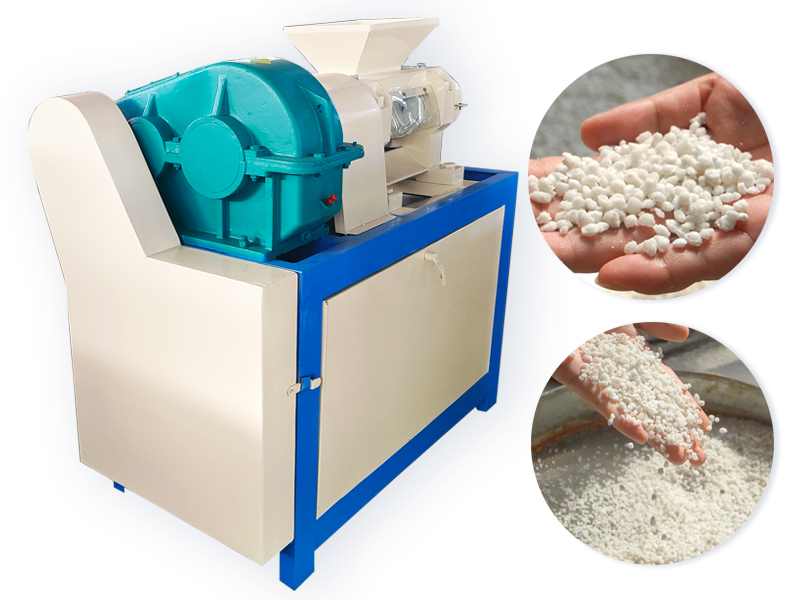
see details +
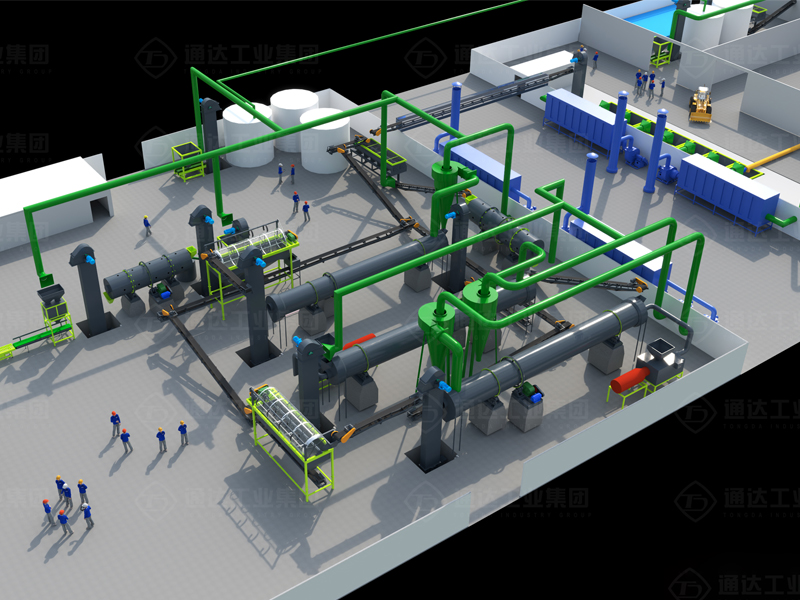
see details +
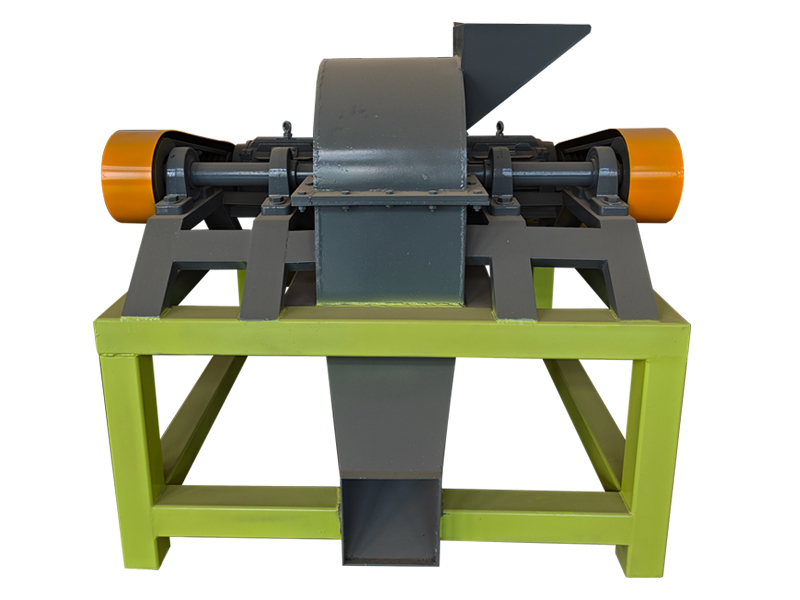
see details +
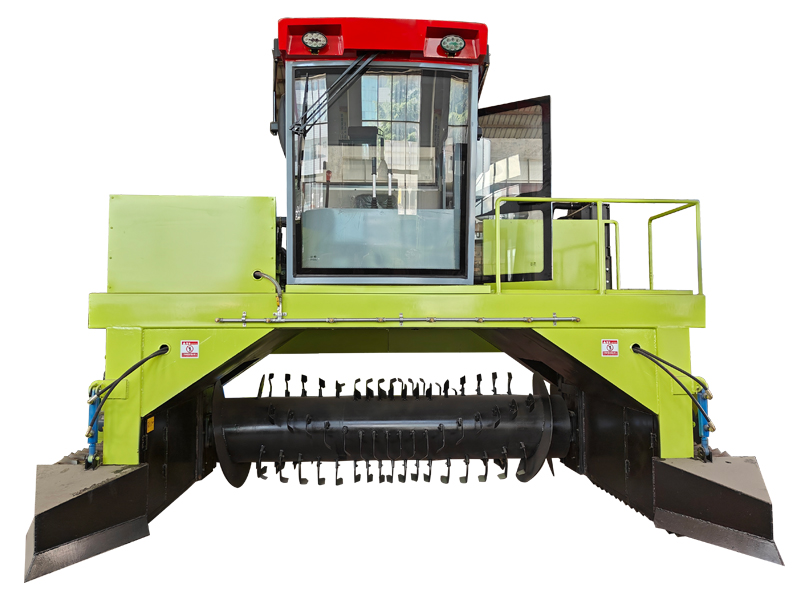
see details +

Fermentation Compost Equipment >
 Tel:+86 18538527111
Tel:+86 18538527111
 E-mail:[email protected]
E-mail:[email protected]
 Address:Longgang Development Zone Of Xingyang City, Zhengzhou City, Henan Province, China.
Address:Longgang Development Zone Of Xingyang City, Zhengzhou City, Henan Province, China.
Privacy Policy Copyright © Henan Tongda Heavy Industry Science And Technology Co., Ltd.